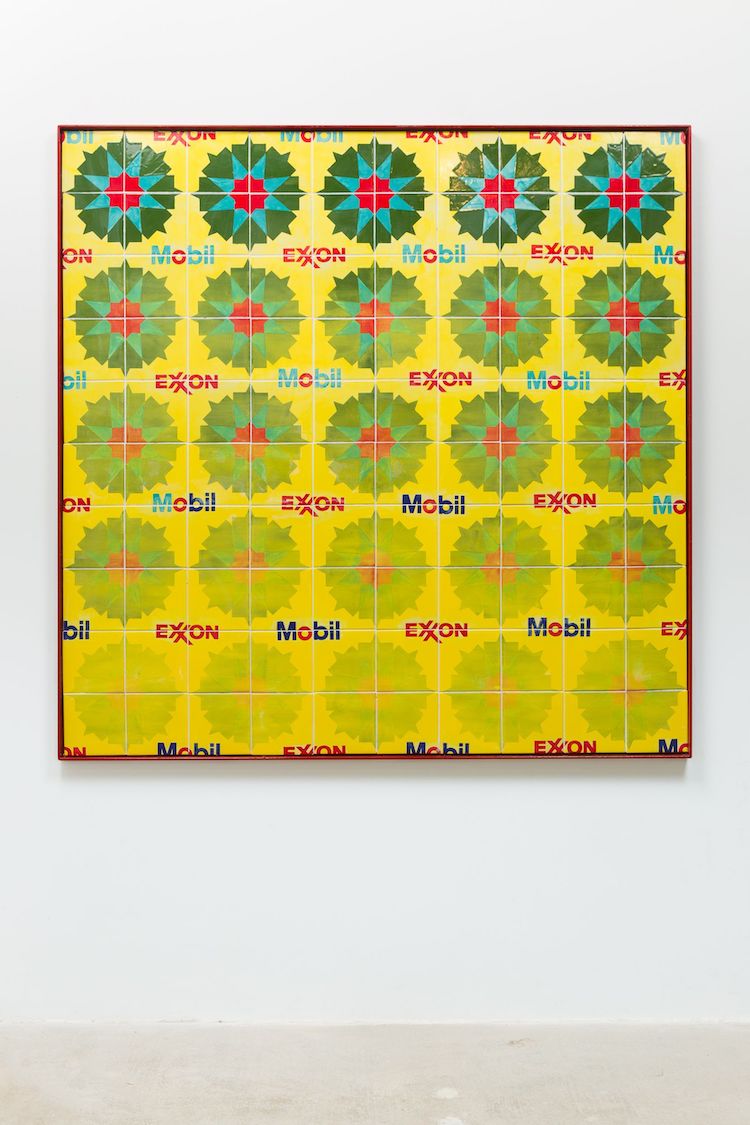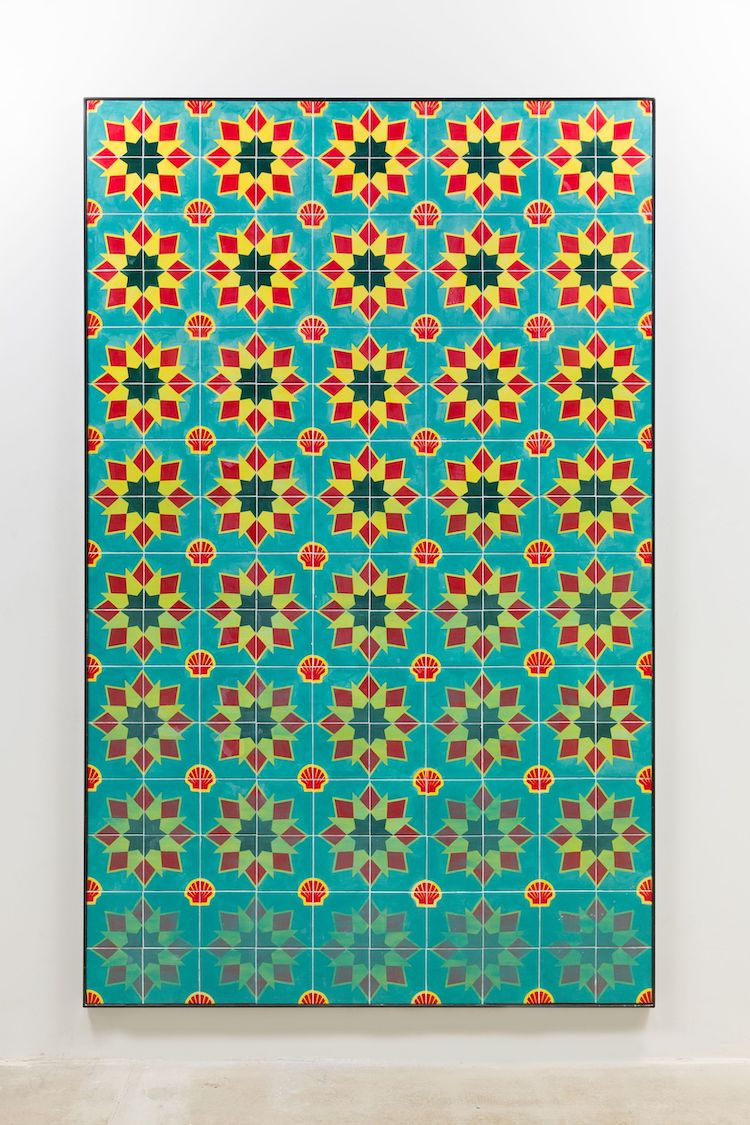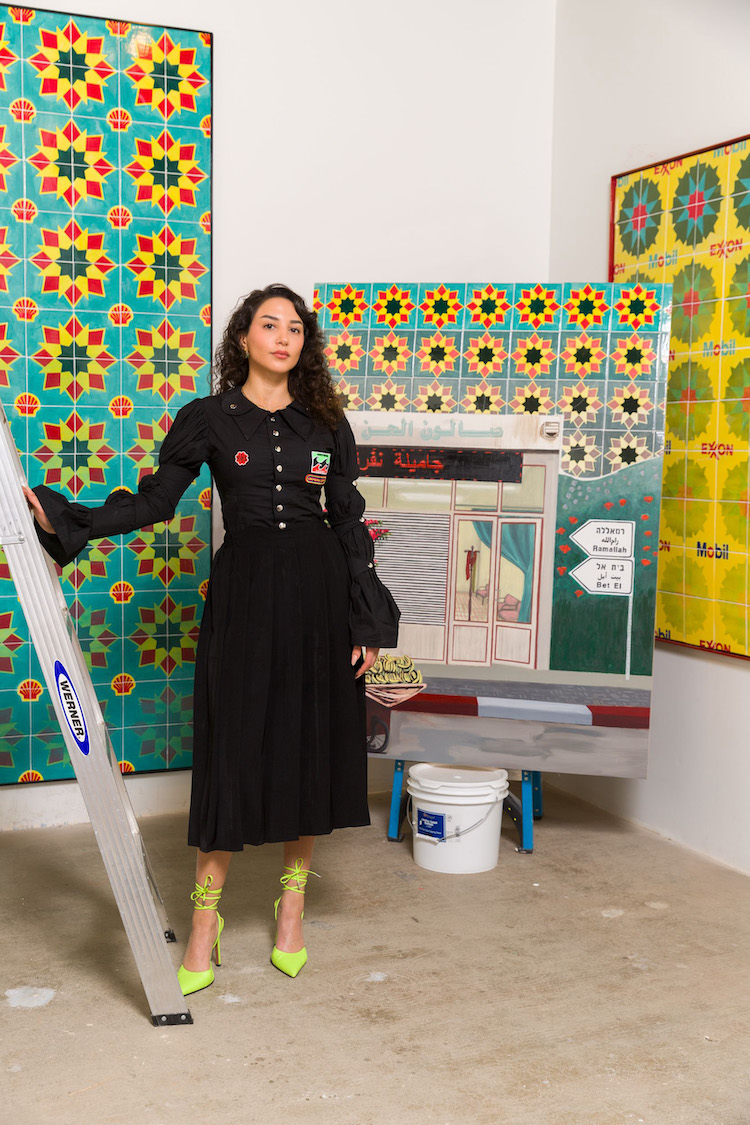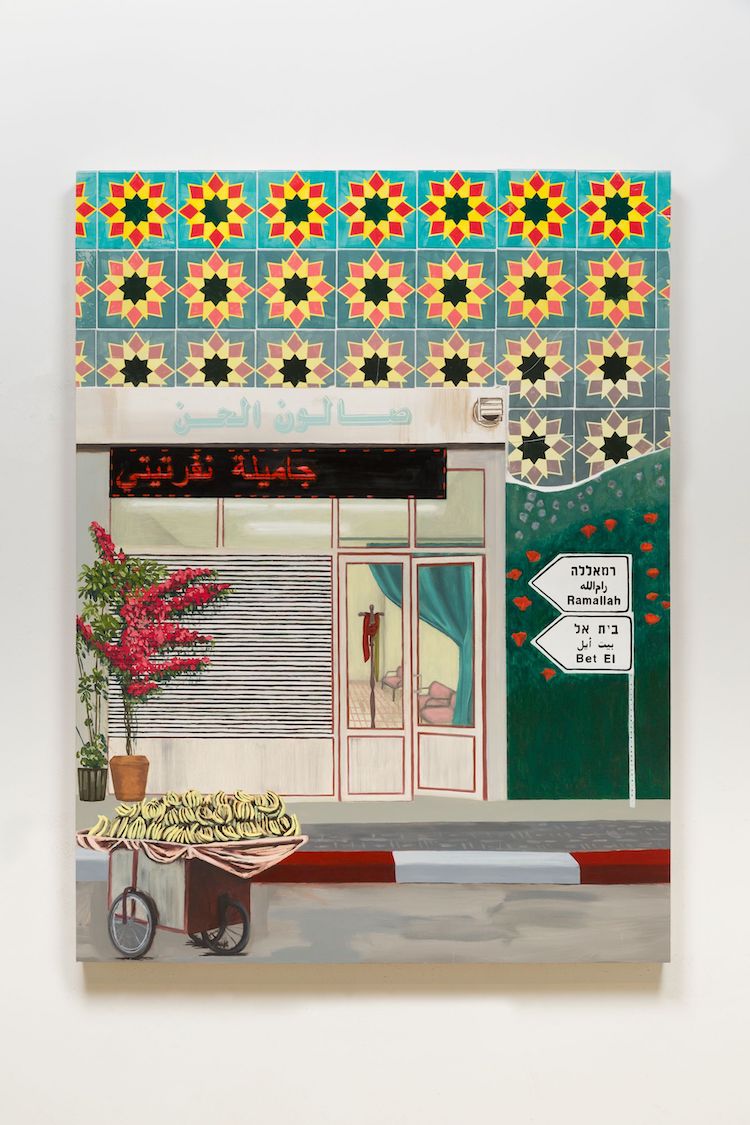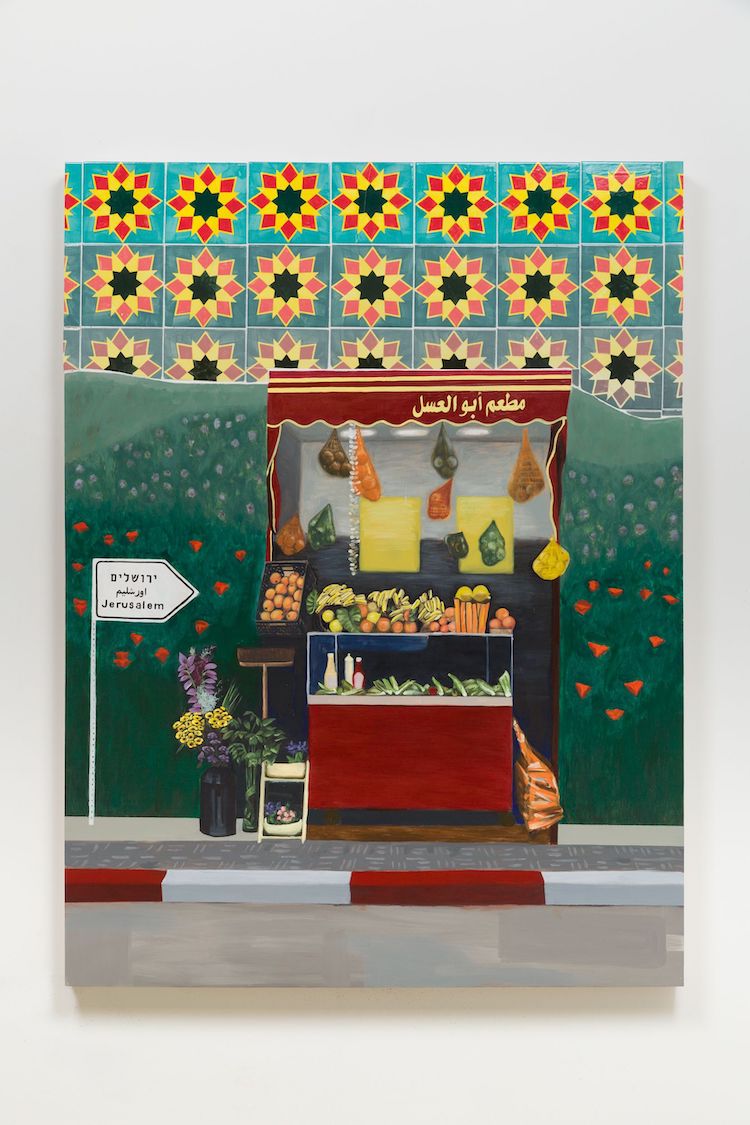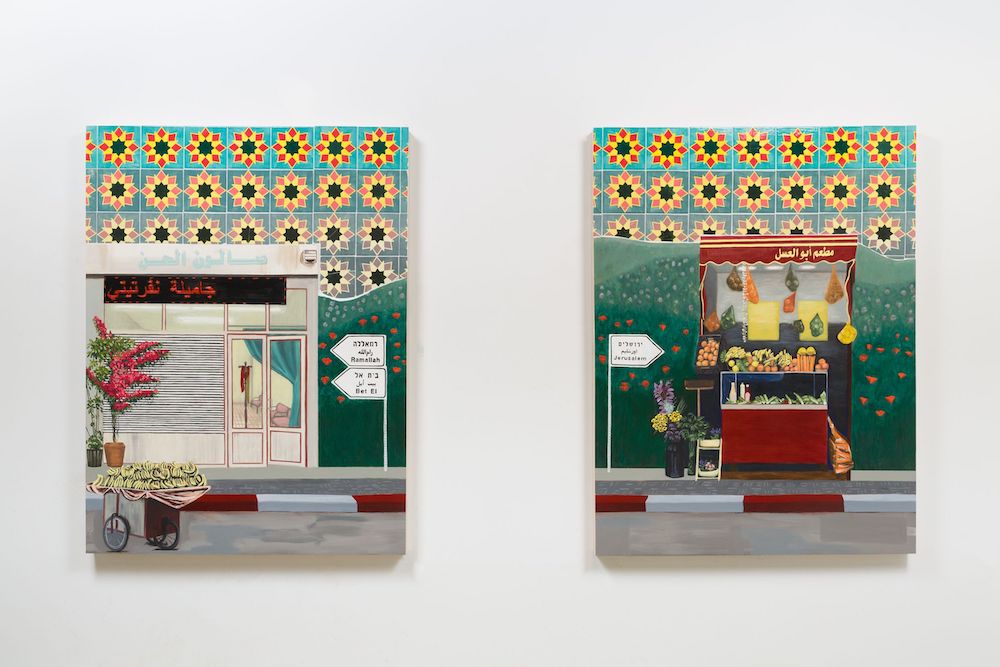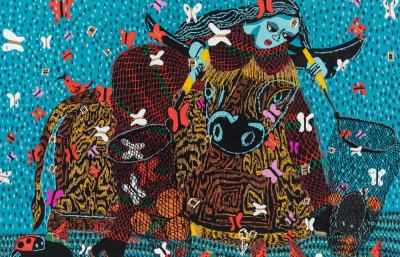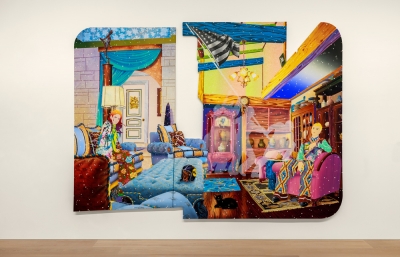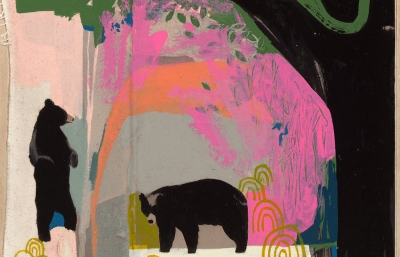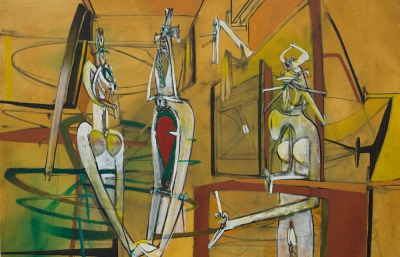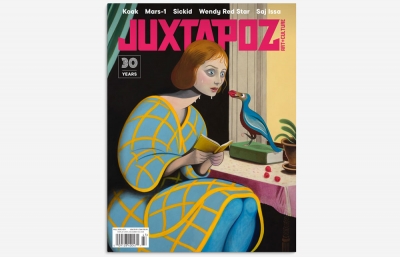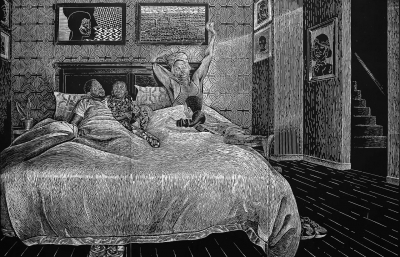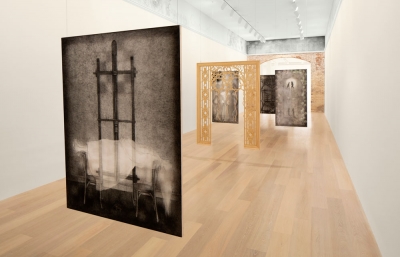Just below the foothills of the Santa Monica Mountains lies the campus of the University of California, Los Angeles. For over a century, film has bestowed its glow on UCLA, with the iconic Hollywood sign just down the road, this year celebrating its 100th anniversary. Creativity is suffused in the atmosphere. And though the school might nationally be known as the home of John Wooden, Lew Alcindor, and one of the greatest two decades of college basketball ever, it's also the home of one of America’s top-ranked Art’s MFA programs. From an emeritus faculty that counts Barbara Kruger, Charles Ray, and Lari Pittman, and an alumnus that features Ed Moses, Ruby Neri, and Elliott Hundley among countless contemporary luminaires, UCLA is literally an arts powerhouse.
Palestinian-American artist Sajeda Issa now joins the prestigious roster of artists who can claim an MFA from UCLA, and what she is doing in the meantime is redefining the use of ceramics in a fine art context. Issa’s parents emigrated to the USA in the 1980s, settling into St Louis, Missouri, literally the center and crossroads of America. This undeniably influenced her use of imagery, remixing and transforming the most ubiquitous and omnipresent US corporate logos into ornate, Palestinian-influenced patterns and tile work. Those tile works have been used as mosaics in her presentations, as well as unique combinations of ceramic tiles into fine art paintings. The combination is both fresh and, at times, quite confrontational in addressing the influence of S&P 500 companies on the psyche and physical landscapes of areas thousands of miles away.
“My choice of which brands make an appearance is based on which ones have made a critical impact in the East,” Issa told us in a recent episode of Radio Juxtapoz. “Nike, Coca-Cola, LVMH brands, oil companies, and tobacco companies. Historically, tiles have been used in Islamic culture as a tool to represent divine principles of unity and order… And so I utilize the traditional tile work, combined with corporate logos, as a way to draw connections between the ways that colonization seeps to the indigenous ways of life, both jarringly and obvious, and woefully mundane ways.”
Issa can now claim a spot in the roster of UCLA greats as an artist who casts a critical eye on mass consumerism with her adept, original approach. In her recent MFA graduate show, beautifully rendered paintings of a Palestinian streetscape merge with ceramic tiles placed above the skyline, as if a divine force looks down upon the town. Issa clearly directs her work confidently, depicting cleverly covert forces in our everyday lives. Like the influence of Kruger and fellow UCLA alum Uta Barth, Issa is finding her voice in the most bold and subtle of observations. —Evan Pricco
Follow @radiojuxtapoz to hear our conversation with Saj Issa. Visit art.ucla.edu for more information on UCLA’s art department.




